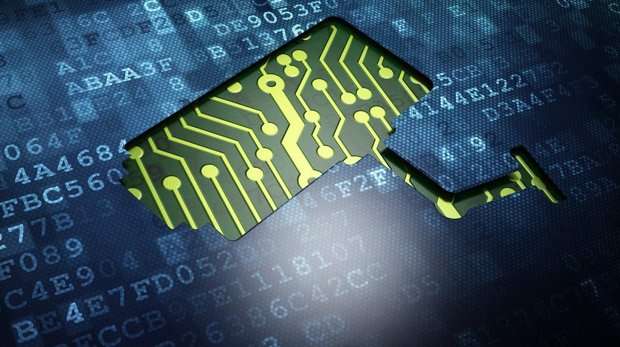New reconstruction method improves facial recognition for forensic purposes

Researchers of the Services, Cybersecurity and Safety department of the University of Twente have invented an improved reconstruction method for facial recognition based on camera images. This method yields a better score in ninety percent of the examined cases, and helps forensic investigators with their daily work. The researchers recently published their results in the academic journal IET Biometrics.
Facial recognition in a forensic context is a complex discipline. The reconstruction of faces on the basis of a facial model has certain limitations. To be able to use verification and identification based on forensic investigation in the courtroom, the bar for reliability and accuracy must be set very high. The daily practice of forensic investigation will benefit from the new methodology - it is estimated that the improved reconstructions will provide added value in 60 percent of the cases.
Reflection model
The researchers designed a new 3D facial reconstruction method based on the Lambert reflection model for estimating the reflection and using that estimate to create a 3D facial reconstruction. Unlike other 3D reconstruction methods, the new method does not use prior knowledge of facial features in the form of a facial model and is therefore not "biased", which is of vital importance to forensic facial comparisons. With this method, a 3D facial model and a frontal profile are reconstructed on the basis of images of faces in different poses.
The Services, Cybersecurity and Safety department, part of the Faculty of Electrical Engineering, Mathematics and Computer Science (EEMCS), is developing ICT-related methods and technologies for the purpose of solving safety problems. In cooperation with the Dutch Forensic Institute (NFI), the Services, Cybersecurity and Safety department conducts research into improving facial recognition.
More information: Luuk Spreeuwers et al. Face reconstruction from image sequences for forensic face comparison, IET Biometrics (2015). DOI: 10.1049/iet-bmt.2015.0036
Provided by University of Twente





















